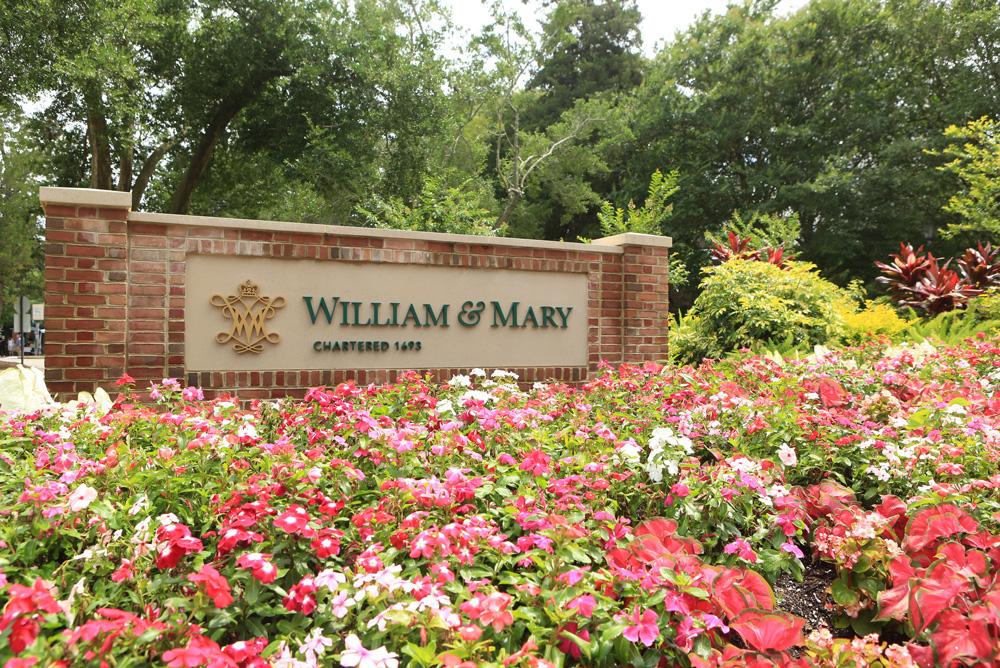Arts & Sciences Events
[PAST EVENT] Physics Colloquium - James Juno
Access & Features
- Open to the public

James Juno, Plasma Physics National Laboratory, Title of talk: A look at the plasma universe through phase space
Abstract: Ninety-nine percent of the luminous universe exists in the plasma state of matter. Closer to home, the study of plasmas has diverse applications to the development of fusion energy and semi-conductor manufacturing. A commonality amongst all of these diverse plasmas is they are “weakly collisional” and thus best described by kinetic theory. The fundamental object of kinetic theory is the particle distribution function, a statistical description of the individual particle trajectories, and the fundamental equation for the evolution of this particle distribution function is the Boltzmann equation. One of the major obstacles to solving these kinds of problems is computational — the Boltzmann equation is notoriously difficult to integrate numerically owing to its complexity and high dimensionality.
Motivated by the wealth of data in the particle distribution function, I will present a one-of-a-kind grid-based Boltzmann solver implemented within the Gkeyll simulation framework. Results will be presented which demonstrate the wide applicability of this computational tool, from plasma-material interactions to fundamental physics studies of instabilities in space and astrophysical plasmas. These studies demonstrate the utility of the code, both the novel analysis in position-momentum phase space we can perform with this approach and the solver’s ability to overcome numerical challenges present in other algorithms. I will briefly discuss the algorithmic advances discovered through this work and look ahead to future applications of this unique tool, including applications to high energy astrophysics and magnetized plasma systems such as fusion and laboratory plasmas.
